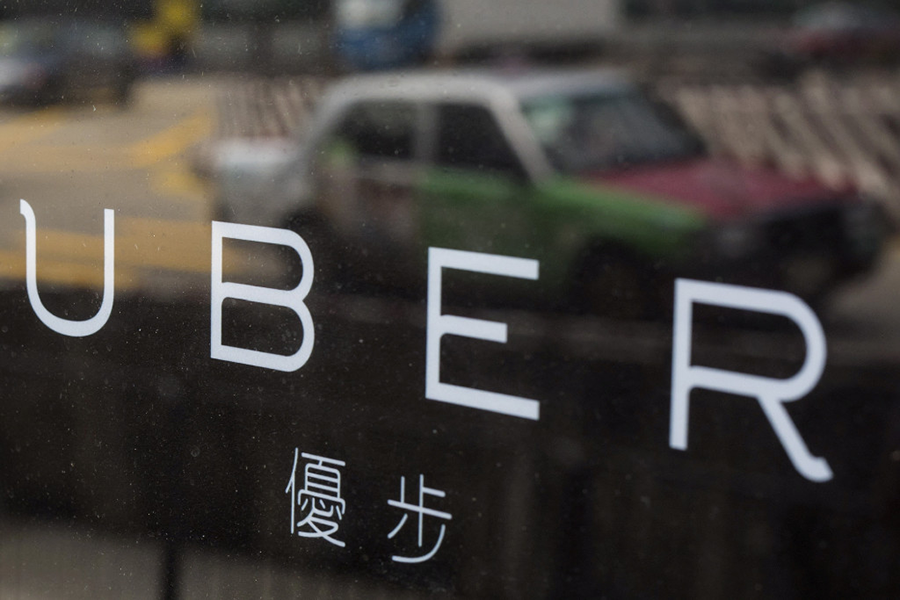Uber to cease controversial use of Greyball: Will that be enough to repair its image?
Loading...
After weeks of bad press, Uber is trying to both fix its relationship with regulators and improve its public image in order to make its ride-hailing company more palatable to consumers.
On Wednesday, Uber announced it had obtained the proper permits to test its self-driving cars in California. Last year, the company had publicly refused to apply for the $150 state permit, escalating an ongoing feud with regulators.
Also on Wednesday, Uber said it would be prohibiting the use of its “Greyball” tool to evade or dupe regulators, a tactic that was first brought to light last week by The New York Times.
Uber is "expressly prohibiting its use to target action by local regulators going forward," Uber's chief security officer, Joe Sullivan, said in a company blog post on Wednesday, adding that "it will take some time to ensure this prohibition is fully enforced."
Uber’s Greyball was initially developed to show faux cars, or no cars at all, on a fake version of the app to those who had violated the terms of service by threatening or harassing drivers. But soon, the tool became used for shadier purposes, As Ben Rosen previously reported for The Christian Science Monitor:
The Greyball program, which an Uber spokeswoman said is still in use today, uses customers’ geo-location data, credit-card information, and app-usage and social media habits to identify those working for city governments or driving for rival ride-hailing services, including taxi companies, according to the Times report.
The program was reportedly first developed to protect Uber drivers in cities where they faced threats of violence. Uber employees told the Times the practices and tools were developed, in part, as safety measures to protect drivers in some countries. In France, India and Kenya, for instance, taxi companies and workers targeted and attacked new Uber drivers.
But Uber soon realized it could expand Greyball, part of a program called “Violation of terms of service” (VTOS), to sidestep government officials and others in cities where it faced restrictions or was banned. According to the Times, when Uber moved into a new city, it appointed a general manager to oversee the expansion. This person, using a sort-of Greyball playbook, would try to spot and trick enforcement officers and other city officials.
The revelation of greyballing against regulators came at a particularly bad time for the company. In recent weeks, stories about a recent high-profile sexual harassment scandal, the release of a video showing Uber chief executive Travis Kalanick arguing with a driver who was complaining about cuts to the rates paid to drivers, and protests from critics of President Trump after Mr. Kalanick was appointed to the administration’s economic advisory council all dominated social and conventional media.
There was also a #deleteUber campaign on Twitter in response to accusations the company tried to take advantage of a pro-immigrant taxi strike in New York City in January.
Uber’s brushes with regulators in the past have sometimes served it well. Uber has skirted around many of the regulatory bonds that are associated with traditional taxi services, allowing the company to quickly expand in a few short years. Currently, Uber is valued at around $60 billion by investors.
This article contains material from the Associated Press and Reuters.






